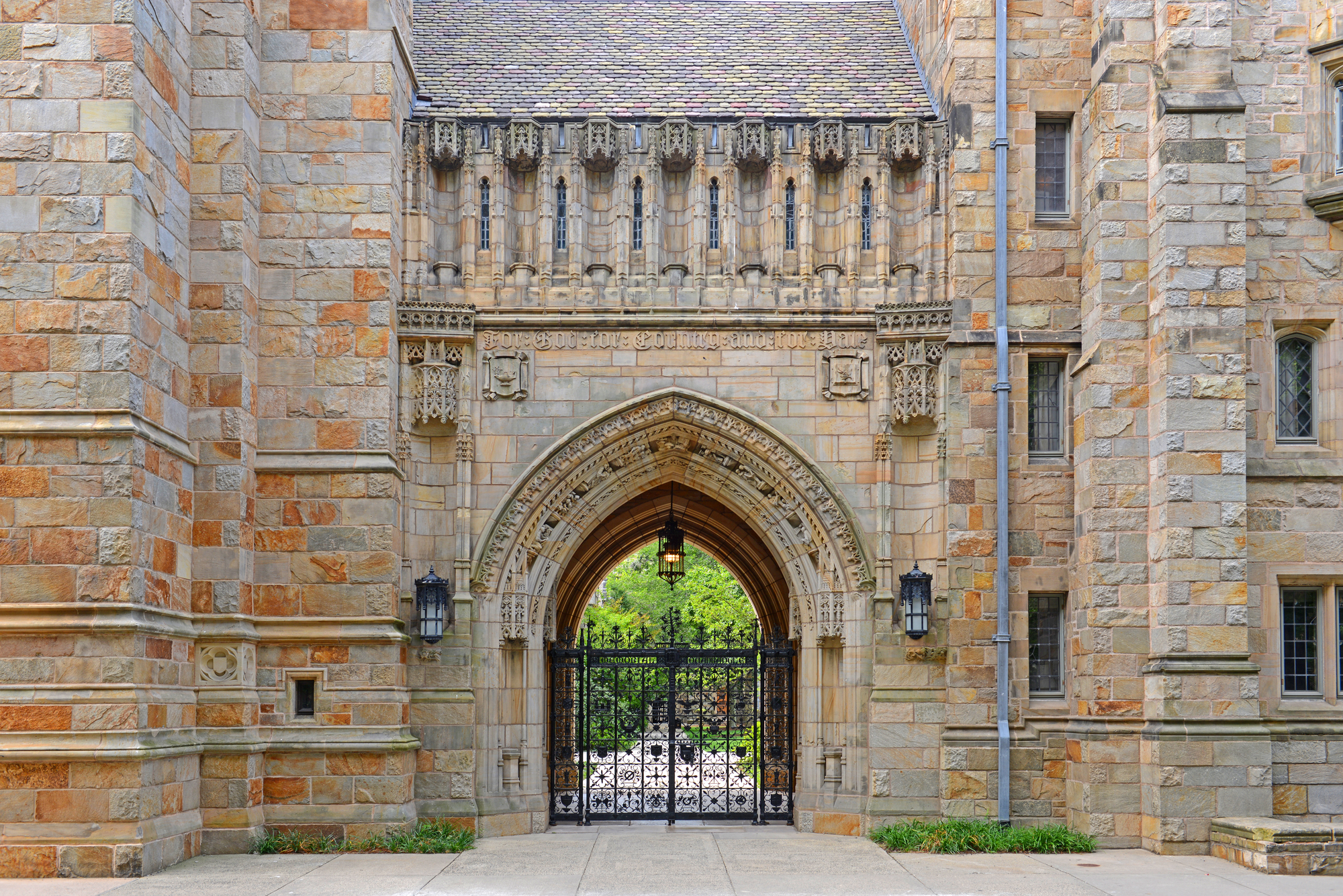On Academic Freedom and Striking the Right Balance

In a recent column, Eli Schantz argues that academic freedom is not absolute, and that “academic freedoms must be balanced against and limited by” academics’ other obligations, such as their duty not to engage in invidious discrimination. This is an important point. For example, while academic freedom plausibly requires some sort of commitment to permitting academics to speak freely, speech that constitutes verbal harassment should not be tolerated.
However, as Schantz recognizes, how the balance is struck is a matter of vital importance — really, the whole ball game. And many now seem to believe that the following standard strikes the right balance: academic speech can be legitimately proscribed when either (a) someone claims that the speech is demeaning or disrespectful or (b) there is some degree of likelihood that the speech will cause harm.
This standard is unworkable and, if applied consistently — as it must be, in deference to the moral equality of persons — it would undermine the academic enterprise.
Examples illustrating the broad sweep of this standard are easy to come by. Imagine a fervently Christian student, who prior to arriving on campus had never been exposed to atheist or anti-trinitarian arguments. Exposing the student to these arguments might very well be psychologically devastating for them, and might even make them feel disrespected. Or consider an academic who, based on her scholarship, makes a policy recommendation that is then implemented by a state government. Suppose the academic’s recommendation, while made in good faith, was mistaken, and the policy ends up causing serious harm. This outcome was surely foreseeable, given the ever-present possibility of error and the stakes involved; so, the standard would imply that the academic should have been restrained from making the recommendation.
The general point is that if a topic is of significance to human life, then speech about that topic likely can be harmful. Therefore, a standard that makes foreseeable harm sufficient for censorship would cripple any serious academic discussion of humanly significant topics.
This does not mean we should engage in such discussions in an insensitive manner or in inappropriate contexts. But such “time, place, and manner” restrictions are perfectly compatible with a robust commitment to academic free speech.
The Supreme Court’s First Amendment jurisprudence is instructive on the standards that should apply to potentially harmful speech. First Amendment doctrine recognizes that some categories of harmful speech do not warrant protection. This includes defamation, true threats, incitement, and speech integral to unlawful conduct, such as fraud or verbal harassment. But the Supreme Court — not the current Court, but mainly the liberal Warren Court — has held that the possibility, or even the likelihood, that speech will cause some form of harm down the line is not generally sufficient to justify government censorship. In Brandenburg v. Ohio (1969), for example, the Court held that speech advocating for the use of violence in service of political ends is protected by the First Amendment, so long as it is not intended and objectively likely to cause imminent violence. This ruling, of course, applies equally to left- and right-wing advocates of political violence. The Court’s rationale was not that such advocacy is harmless — if it were, the legitimate bounds of free speech would be an easy question — but that on balance, the costs of censorship outweigh the benefits.
Similarly, while First Amendment protection from civil liability does not extend to defamation, a plaintiff who seeks to recover from an alleged defamer nevertheless has the burden of proving that the statement was defamatory. Simply claiming that the statement injured their reputation is generally insufficient unless they can show that the statement falls under certain narrow categories of statements considered defamatory per se, such as an allegation that they were involved in criminal activity. The standard of proof is not the demanding proof beyond reasonable doubt, but rather proof by a preponderance of the evidence. Nevertheless, the burden lies with them to show that the statements were defamatory, and not with the speaker to show that the statements were not defamatory.
Some may argue that the standards which apply to government censorship are not relevant to the limits academic communities ought to impose upon the speech of their members. In my view, this is mistaken.
As I have argued previously, free speech is particularly important for academic communities because their fundamental purpose is to generate and transmit knowledge. Without a robust free speech regime on campus, academics and students cannot engage in the kind of probing, multi-perspective discussions most conducive to this goal. Such a regime requires not only that the institutional rules of the community not unduly burden speech, but that members not impose social and economic penalties on other members for their speech without a compelling justification. For this reason, there should be a high presumption in favor of free speech in academia. On most campuses today, that presumption is defeated, and properly so, only in the case of speech that harasses or discriminates. But “harassment” and “discrimination” should continue to be defined narrowly. They should not extend to good faith discussion of controversial topics, or to one-off remarks by thoughtless or immature students and professors.
Would a robust free speech regime on campus cause harm to its members or others? In some instances, yes. No speech regime, whether restrictive or libertarian, is without costs. The discussion we should be having about speech on campus is about the net benefits of different kinds of speech regime. Just as it is insufficient to invoke academic freedom to shield academics from institutional and social liability for their speech, it is also not enough to invoke the fact that academic freedom is not absolute to justify imposing such liabilities.




